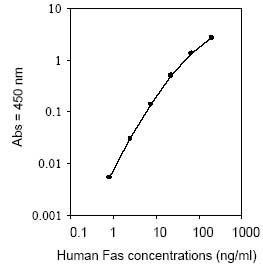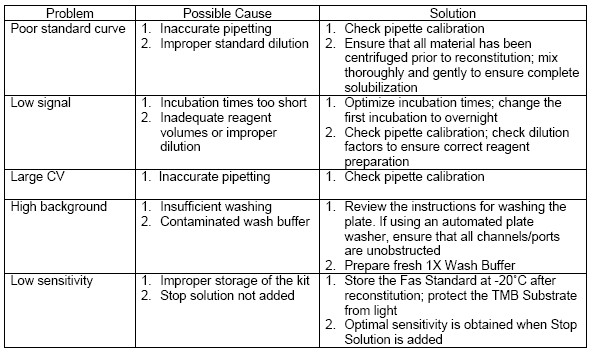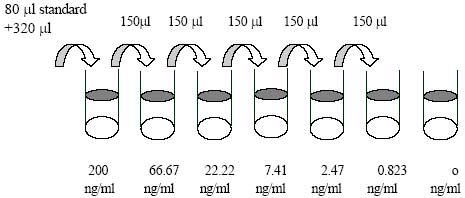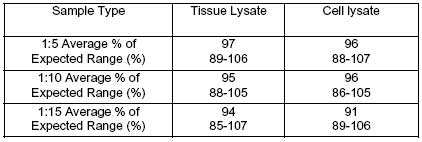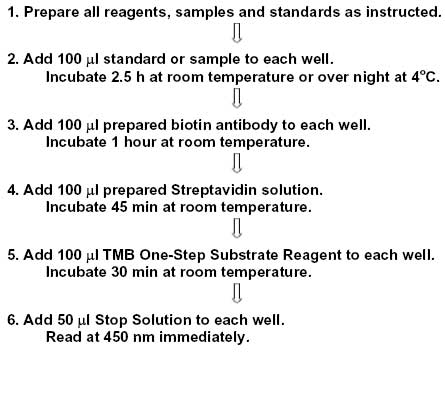QIA26 Fas/APO-1 ELISA Kit
Produits recommandés
Aperçu
| Replacement Information |
|---|
| References | |
|---|---|
| References | Nagata, S. and Goldstein, P. 1995. Science 267, 1449. Nagata, S. 1994. Adv. Immunol. 57, 129. Mapara, M.V., et al. 1993. Eur. J. Immunol. 23, 702. |
| Applications |
|---|
| Biological Information | |
|---|---|
| Assay time | 4.75 h |
| Sample Type | human tissue lysate, cell lysate |
| Physicochemical Information | |
|---|---|
| Sensitivity | > 0.8 ng/ml |
| Dimensions |
|---|
| Materials Information |
|---|
| Toxicological Information |
|---|
| Safety Information according to GHS |
|---|
| Safety Information |
|---|
| Product Usage Statements | |
|---|---|
| Intended use | The Calbiochem Fas/APO-1 Assay is a non-isotopic immunoassay for the in vitro quantitation of human Fas/APO-1/CD95 proteins in cell lysates and tissue extracts. |
| Packaging Information |
|---|
| Transport Information |
|---|
| Specifications |
|---|
| Global Trade Item Number | |
|---|---|
| Référence | GTIN |
| QIA26 | 0 |
Documentation
Références bibliographiques
| Aperçu de la référence bibliographique |
|---|
| Nagata, S. and Goldstein, P. 1995. Science 267, 1449. Nagata, S. 1994. Adv. Immunol. 57, 129. Mapara, M.V., et al. 1993. Eur. J. Immunol. 23, 702. |
Brochure
| Titre |
|---|
| Kit SourceBook - 2nd Edition EURO |
| Kits SourceBook - 2nd Edition GBP |







